
Passenger numbers for August have been published, and the International Air Transport Association (IATA) reports that they reflect positive progress in the airline industry’s recovery.
When comparing August 2022 to August 2021, total traffic (in Revenue Per Kilometre) increased by 67.7 percent. Global passenger volume has recovered to 73.7% of pre-crisis levels.
The domestic travel market increased by 26.5% in August 2022 compared to August 2021. There was 85,4 percent as many domestic passengers in August 2022 as there had been in August 2019.
With the highest year-over-year growth rates coming from Asian carriers, international traffic increased by 115.6 percent compared to August 2021. The global RPK (Revenue Per Kilometre) in August 2022 was 67% of the August 2019 RPK.
“The summer travel season in the Northern Hemisphere ended strongly.” “Despite the current economic difficulties, travel demand is developing well,” said Willie Walsh, IATA’s director general.
“And the elimination or relaxation of travel restrictions in certain important Asian destinations, particularly Japan, will undoubtedly hasten Asia’s recovery.” The Chinese mainland is the final significant market with substantial COVID-19 entry restrictions.”
In August, Asia-Pacific airlines saw a 449.2% increase in traffic compared to August 2021. Capacity increased by 167.0%, and the load factor increased by 40.1 percentage points to 78.0%. While the area recorded the highest year-over-year increase, China’s ongoing travel restrictions continue to impede the region’s overall recovery.
August traffic for European carriers increased by 78% compared to August 2021. Capacity grew by 48.0 percent, while load factor improved by 14.7 percentage points to 85.5%. After North America, the area had the most significant load factor.
The traffic of Middle Eastern airlines increased by 144.9 percent in August compared to August 2021. Capacity rose 72.2 percent over the previous year, while load factor increased 23.7 percentage points to 79.8 percent.
In August, North American airlines reported a 110.4 percent increase in traffic compared to the same month in 2021. Capacity increased by 69.7 percent, while load factor increased by 16.9 percentage points to 87.2 percent, the highest among the areas.
The traffic of Latin American airlines increased by 102.5 percent in August compared to the same month in 2021. In August, capacity expanded by 80.8 percent, while load factor improved by 8.9 percentage points to 83.5 percent.
In August, African airlines had a 69.5 percent increase in RPKs compared to the previous year. Capacity increased 45.3 percent in August 2022, while load factor increased 10.8 percentage points to 75.9 percent, the lowest among regions. International traffic between Africa and its neighbours is approaching pre-pandemic levels.
This week commemorates the first anniversary of the IATA AGM’s historic vote to target nett zero carbon emissions by 2050.
“According to the Paris agreement, aviation is committed to decarbonizing by 2050,” Walsh added.
“And the necessary energy transition must be backed by government measures.” That is why the 41st Assembly of the International Civil Aviation Organization is expected to establish an agreement on a Long-Term Aspirational Goal on aviation and climate change.
The near grounding of aviation during the pandemic demonstrated the importance of aviation in today’s globe. And suppose governments match their policy vision with the industry’s commitment to nett zero by 2050. In that case, we will take a big step towards safeguarding sustainable global connection’s long-term social and economic advantages.”
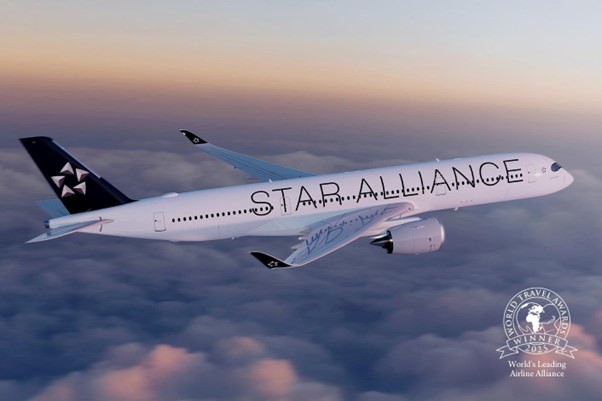 Star Alliance Named World’s Leading Airline Alliance for 2025 at World Travel Awards
Star Alliance Named World’s Leading Airline Alliance for 2025 at World Travel Awards 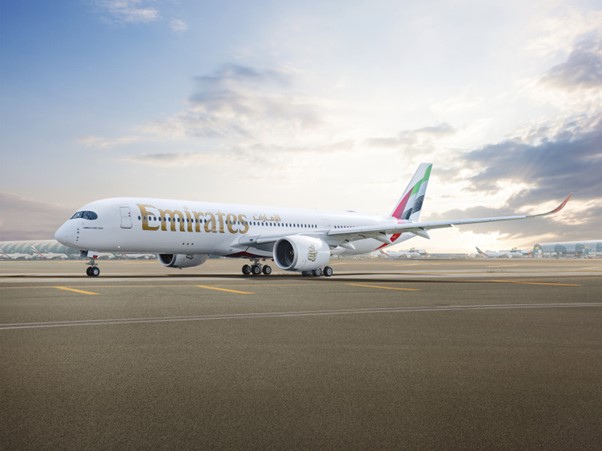 Emirates Ends 2025 on a High with Five World Travel Awards and Over 20 Global Honours
Emirates Ends 2025 on a High with Five World Travel Awards and Over 20 Global Honours  Qantas Unveils New Auckland International Lounge Ahead of Holiday Rush
Qantas Unveils New Auckland International Lounge Ahead of Holiday Rush 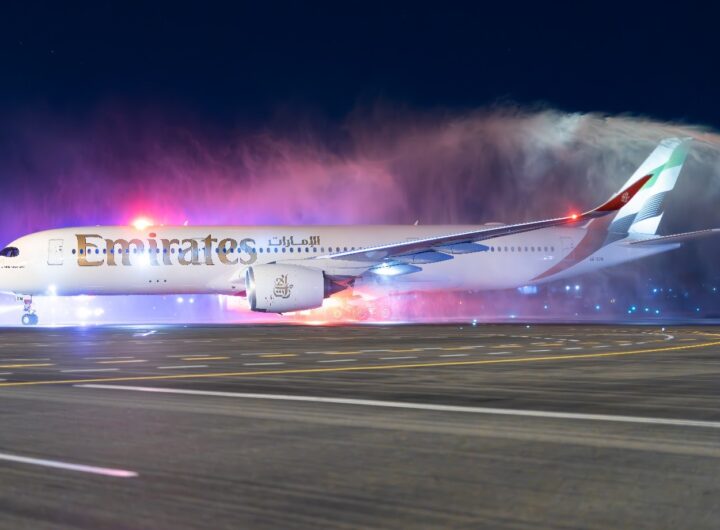 Emirates A350 Debuts in Adelaide with New Premium Economy, Boosting Connectivity and Comfort to Dubai
Emirates A350 Debuts in Adelaide with New Premium Economy, Boosting Connectivity and Comfort to Dubai  Qantas Elevates A380 First Class with New Fine Dining, Aesop Amenity Kits and Bollinger Champagne
Qantas Elevates A380 First Class with New Fine Dining, Aesop Amenity Kits and Bollinger Champagne 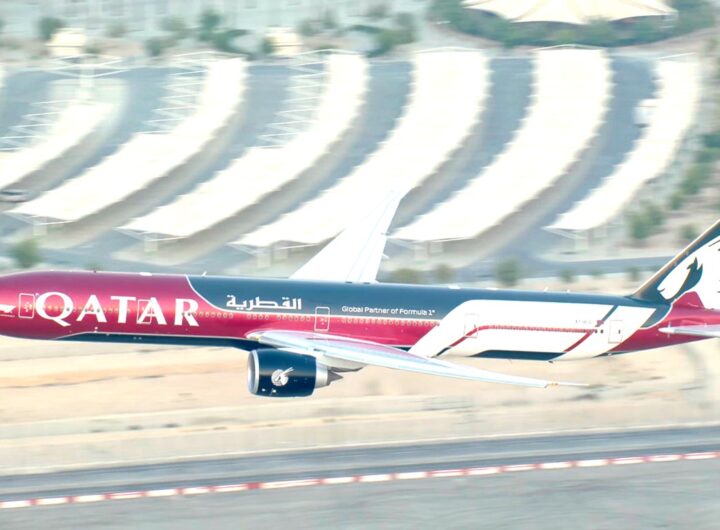 Qatar Airways’ New Formula 1 Livery Takes Off: Swizz Beatz–Designed Boeing 777 Tours the World After Qatar Grand Prix Debut
Qatar Airways’ New Formula 1 Livery Takes Off: Swizz Beatz–Designed Boeing 777 Tours the World After Qatar Grand Prix Debut  Stray Nomad 2025: A Year in Review
Stray Nomad 2025: A Year in Review 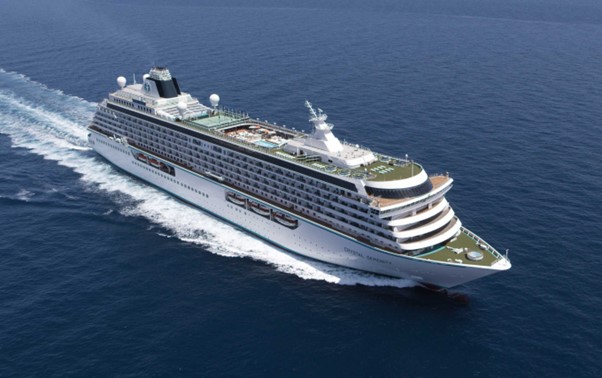 Crystal Serenity Unveils 2028 Amazon, Caribbean and Azores Voyages
Crystal Serenity Unveils 2028 Amazon, Caribbean and Azores Voyages  Explora Journeys and Hilton Unite for a New Era of Luxury Ocean Travel with Launch of Hilton Honors Adventures
Explora Journeys and Hilton Unite for a New Era of Luxury Ocean Travel with Launch of Hilton Honors Adventures 